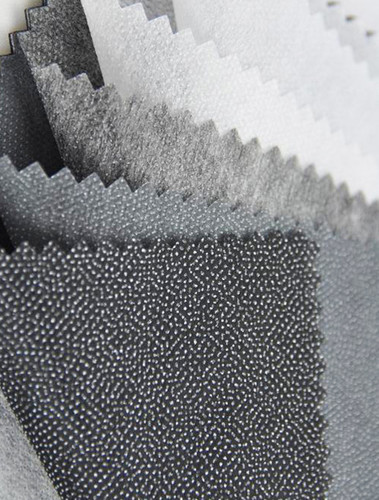In the world of modern textiles, sustainability and creativity are reshaping how people approach garment construction. As consumers become more aware of environmental responsibility, innovative practices such as do-it-yourself (DIY) crafting and material recycling have entered the spotlight. Among these developments, the concept of using homemade or repurposed materials as Interlining has gained attention for its practicality and eco-friendly appeal. This shift reflects a broader trend toward mindful making — a balance between resource efficiency and design freedom that brands like Interlining-factory are helping to highlight.
The Rise of DIY Fabric Innovation
Crafters and designers have started exploring alternatives to traditional interlining materials, often turning to what they already have at home. Fabric scraps, for example, can be transformed into effective support layers for various projects. These remnants, when carefully selected and layered, can mimic the structure and stability offered by commercial materials. The process is not only affordable but also encourages waste reduction — a crucial step toward sustainable sewing practices.
What makes DIY interlining so appealing is its accessibility. Anyone with leftover fabric or old garments can experiment and learn how different textures influence the drape and firmness of finished pieces. This experimentation nurtures both creativity and skill, proving that innovation often begins with simple ideas.
Turning Old Garments Into Creative Resources
The idea of repurposing clothing as interlining has also found support among eco-conscious makers. Instead of discarding worn-out or unused garments, many are now cutting them into usable pieces to add body to new sewing projects. This method turns forgotten fabrics into functional materials, reducing waste while preserving the tactile qualities of textiles that might otherwise end up discarded.
Old cotton shirts, soft linens, or even sturdy jackets can be repurposed for different purposes depending on the project’s needs. The hidden placement of the interlining means imperfections are easily concealed, giving makers the freedom to use fabrics that still hold strength and integrity.
Exploring Non-Traditional Materials
Beyond garments and fabric remnants, some DIY enthusiasts experiment with unconventional materials such as felt, canvas, or household textiles like curtains and tablecloths. Each option offers a unique blend of firmness and flexibility, allowing creators to tailor the support and shape of their designs. The goal is to match the characteristics of the Interlining with the outer fabric, ensuring comfort and durability.
This trend has opened new doors for resourceful sewing — a practice where sustainability meets artistry. As long as the materials are tested for compatibility and care requirements, nearly any textile can find a second life as part of a new creation.
Things To Consider Before Using DIY Interlining
Although DIY interlining offers creative freedom, makers are encouraged to approach it with attention to detail. Testing is key — small samples should be used to observe how the material behaves when sewn, washed, or pressed. Some textiles may shrink or stiffen more than expected, while others might require layering to provide the right amount of structure.
Additionally, not all recycled fabrics handle frequent laundering or high temperatures well. It’s important to consider how the final product will be used and maintained. By taking these precautions, crafters can ensure that their designs remain both beautiful and long-lasting.
Benefits Of A Sustainable Approach
Choosing homemade or recycled interlining materials offers multiple advantages. It reduces textile waste, saves costs, and promotes eco-conscious decision-making. More importantly, it allows every creator to take part in shaping a more sustainable fashion and design ecosystem.
The table below highlights the main comparison points between traditional and DIY interlining options:
| Aspect | Traditional Interlining | DIY Interlining |
|---|---|---|
| Cost | Purchased separately | Often made from existing materials |
| Sustainability | Depends on production methods | Promotes recycling and waste reduction |
| Customization | Limited to available types | Fully adjustable to project needs |
| Accessibility | Requires store purchase | Easily sourced from home materials |
| Creative Value | Functional focus | Encourages innovation and experimentation |
A Shift Toward Responsible Making
The growing popularity of DIY and sustainable fabric practices reflects a deeper cultural change. People are becoming more conscious of how everyday materials can be reused creatively. Interlining-factory, by emphasizing knowledge-sharing and textile innovation, supports this transition toward responsible craftsmanship and mindful production.
As more makers adopt these techniques, the future of textile creation could become less about mass consumption and more about purpose-driven design. Each homemade interlining layer represents more than just fabric — it symbolizes creativity, sustainability, and the ability to transform the ordinary into something meaningful.Learn more about sustainable fabric solutions at https://www.interlining-factory.com.

 English
English Español
Español Türk
Türk 简体中文
简体中文









